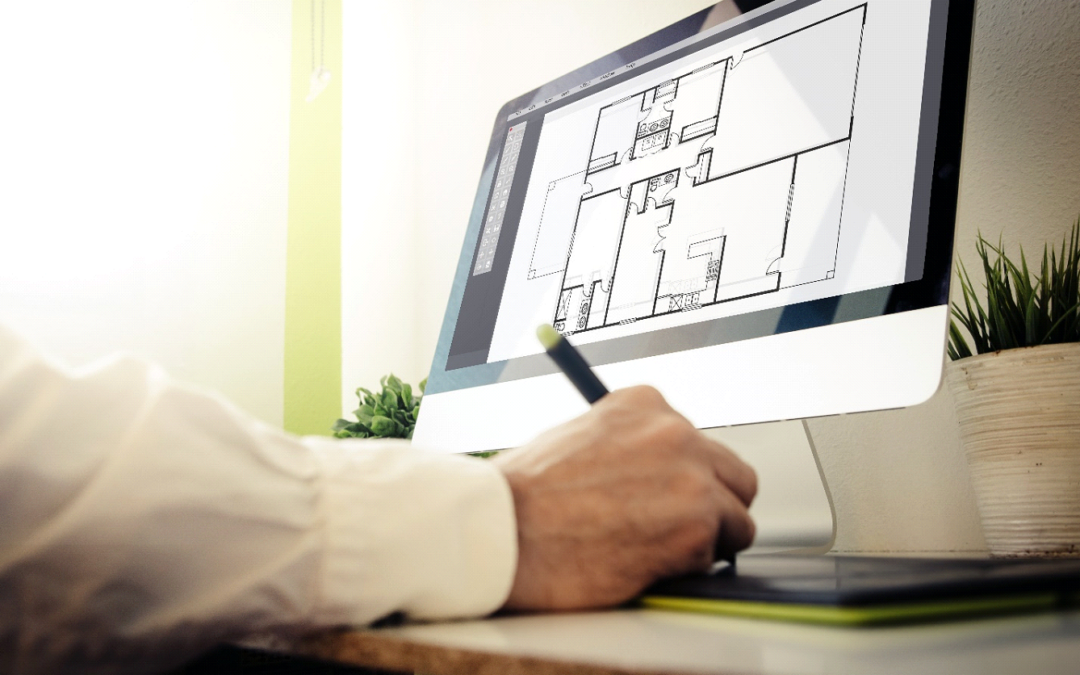When it comes to home renovations, remodeling, or building projects, one of the most important decisions you’ll make is who to hire to bring your vision to life. Whether you’re redesigning your kitchen, adding an extension, or tackling a full-scale home build, working with the right professional can make all the difference. But with so many options out there, how do you know whether you need a draftsman or a designer—and how do you find the best fit for your project? In this post, we’ll guide you through the process of finding and deciding on a draftsman or designer. We’ll also clarify the differences between these two roles, helping you choose the right professional for your needs, budget, and vision.
1. Understanding the Difference Between a Draftsman and a Designer
Before you start looking for a professional, it’s essential to understand the difference between a draftsman and a designer. While both roles involve creating plans and drawings for construction, their skills, scope, and responsibilities can vary.
– Draftsman: A draftsman (or draftsperson) is a professional who specializes in producing technical drawings based on a set of specifications. They take the vision you provide and create the formal, detailed drawings that can be used by contractors, builders, and regulatory bodies. Draftsmen typically focus on the technical aspects of a project, such as the structural layout, measurements, and building codes. They may or may not have formal design training, and their primary focus is to ensure that the project complies with local regulations and is feasible to construct.
– When to hire a draftsman: If your project is straightforward and requires only technical drawings or if you already have a design in mind and simply need someone to put it on paper, a draftsman may be sufficient.
– Designer: A designer, on the other hand, is a more creative professional who focuses on the aesthetics and functionality of a space. Designers can offer guidance on the layout, style, materials, colors, and overall ambiance of the space. They can create detailed plans like a draftsman, but they are also skilled in choosing the right elements that fit within your budget and vision. Some designers may also have formal education or certification in interior design, architecture, or a related field, which enables them to provide a more holistic, complete design for your project.
– When to hire a designer: If you’re looking for help with the creative direction of your remodel or home build, a designer can help refine your ideas and turn them into a cohesive, beautiful plan that meets your practical and aesthetic needs.
2. How to Find a Draftsman or Designer
Once you’ve decided whether you need a draftsman or a designer, the next step is to find one who aligns with your project. Here’s how to start your search:
– Ask for Recommendations: One of the best ways to find a qualified draftsman or designer is through word of mouth. Ask friends, family, or colleagues who have completed similar projects for recommendations. If they’ve worked with someone they trust and had a good experience, chances are you will too.
– Search Online Platforms: Websites like Houzz, Thumbtack, or Angie’s List allow you to search for draftsmen and designers in your area, read reviews, and view past project portfolios. Social media platforms like Instagram or Pinterest can also be great sources of inspiration and a way to discover local professionals.
– Check Local Directories: Many cities or regions have local directories or associations where draftsmen and designers list their services. For example, the American Institute of Architects (AIA) has a directory of licensed architects, and the American Society of Interior Designers (ASID) provides listings for certified designers. Local building supply stores may also have leads on trusted professionals.
– Visit Design Shows or Events: Many cities host home design expos, trade shows, or industry events where designers and draftsmen showcase their work. These events provide an opportunity to meet professionals in person, view their portfolios, and discuss your project in detail.
3. What to Look for When Deciding on a Draftsman or Designer
Once you’ve narrowed down your list of potential candidates, it’s time to evaluate them more closely. Here are some factors to consider:
– Experience and Specialization: Look for a draftsman or designer who has experience with projects similar to yours. For example, if you’re planning a kitchen remodel, find a designer or draftsman who has worked on kitchens before. If you’re doing an addition, look for someone with experience in structural drawings. Check their portfolio for past work, paying close attention to the style and types of projects they’ve handled.
– Qualifications and Licensing: Verify their qualifications. While draftsmen may not need formal education, many have training in architectural drafting or computer-aided design (CAD). Designers may have degrees in interior design, architecture, or a related field. Check if they are licensed or certified by professional bodies, as this can indicate a higher level of expertise and credibility.
– Style and Vision: Make sure their design style aligns with your aesthetic vision. If you’re going for a modern, minimalist look, a designer with experience in that style will be better suited to your needs. Similarly, if your design vision is more traditional or eclectic, make sure the professional’s portfolio reflects that.
– Communication and Collaboration: It’s essential to choose someone who communicates clearly and understands your needs. Remodeling and building projects can involve a lot of back-and-forth communication, so finding someone you feel comfortable with and who listens to your ideas is important. Ask questions to gauge their responsiveness and willingness to collaborate with you.
– Budget and Timeline: Discuss your budget upfront and ensure the designer or draftsman understands your financial limits. Get an idea of their pricing structure—whether they charge a flat fee, hourly rate, or percentage of the overall project cost. Similarly, ask for a timeline and ensure they can meet your project deadlines.
4. How to Work with Your Draftsman or Designer
Once you’ve selected a draftsman or designer, the process of working with them typically follows these steps:
– Initial Consultation: Most professionals will begin with a consultation where you can discuss your ideas, vision, and budget. Be prepared to explain your goals clearly, and provide any photos, sketches, or inspirations you have for the space.
– Design and Drafting Process: The designer or draftsman will begin creating the initial design or drafts based on your input. They may provide you with multiple options or revisions until you’re happy with the direction. Keep an open mind, as they may offer suggestions that improve functionality or aesthetics.
– Final Plan and Implementation: Once you’ve approved the design, the draftsman will produce detailed drawings that can be used for construction, or the designer will provide a complete set of plans with materials, finishes, and instructions for contractors. At this point, you can move forward with obtaining permits and hiring contractors.


Awesome https://is.gd/tpjNyL